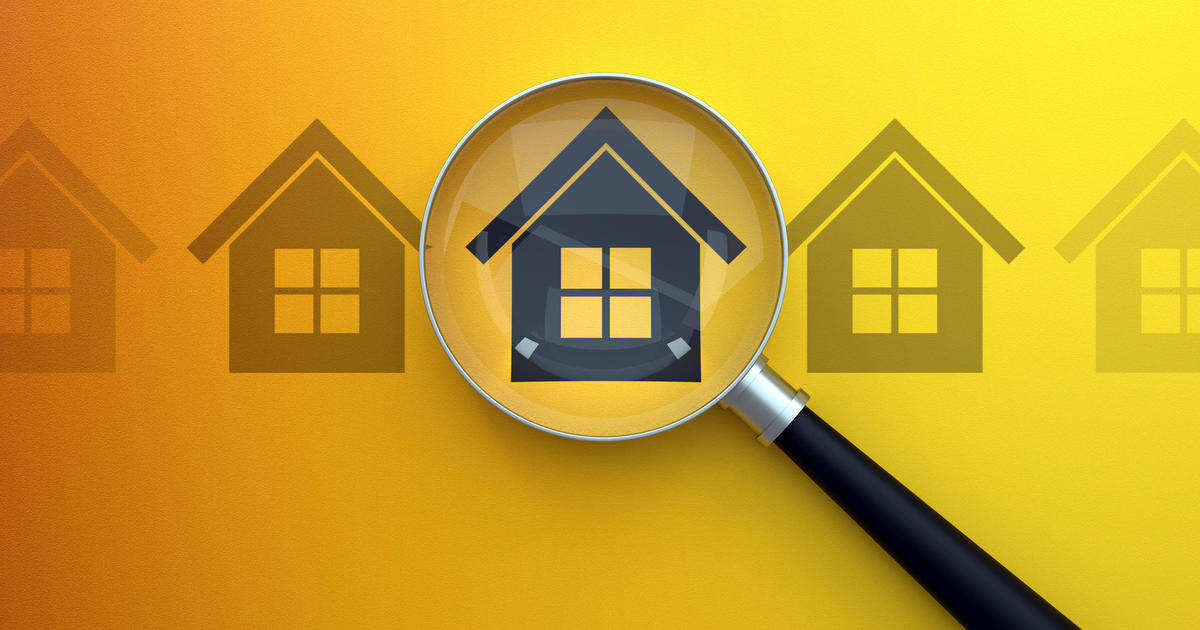The many ways "green buildings" save
- Roughly 40 percent of the world's carbon emissions come from buildings.
- To reduce that number, more U.S. and global cities are boosting energy-efficiency standards.
- Green buildings in the U.S. alone could cut carbon emissions by 841 million metric tons through 2040.
- Going green isn't good just for commercial operators and homeowners -- renters also benefit.
When it comes to the world's energy hogs, few people think about buildings. But they count for almost 40 percent of all carbon emissions. Yet making them more efficient isn't as exciting or even obvious to the ordinary person compared to more visible measures like using more solar power or driving a technologically sophisticated electric car.
Still, that's the rationale for "green buildings." Such a building meets a specific set of standards for lower electricity, heating, cooling and water use -- things that can save money for both landlord and tenant. What's more, as electric power usage falls, brain power rises. Cognitive function increases for people who spend time in green buildings, a recent Harvard study found.
More developers and property owners are noticing. Just adopting current energy codes alone may save U.S. home and business owners an estimated $126 billion and avoid putting 841 million metric tons of carbon dioxide into the atmosphere through 2040, according to December estimates from the U.S. Department of Energy.
No wonder doing what it takes to get a building or home certified green is now a trillion-dollar industry. That's because countries, states and cities are adopting the standards to get better returns for themselves and the planet, Mahesh Ramanujam, CEO of the U.S. Green Building Council, said in a recent blog post.
The USGBC helps establish standards for green buildings. In 2000, it released what's now known as the LEED standards, which examine factors like water use and reuse, electricity consumption and heating and cooling when evaluating a building's efficiency. LEED stands for Leadership in Energy and Environmental Design and is now one of the most widely used sets of green building standards. Other measures include Green Globes and The U.S. Environmental Protection Agency's Energy Star program.
Green certifications are at a high
Among the 30 largest U.S. metro areas, LEED certifications are at an all-time high for office buildings, according to a recent five-year report from real estate investment firm CBRE and Maastricht University. CBRE defines green office buildings in the U.S. as those that hold either an Energy Star label or LEED certification. The survey looked at 4,700 buildings, or about 41 percent of commercial space, in the 30 largest office markets for 2017.
Roughly 11.5 percent had an Energy Star label, and 5.2 percent were LEED-certified, according to the report. Chicago had the most green certifications last year at about 70 percent. San Francisco was next at 64 percent, Atlanta at 58 percent, Los Angeles at 56 percent and Minneapolis at 55 percent. According to the USGBC, the top five states for LEED-certified buildings last year were Illinois, Massachusetts, Washington, New York and Texas.
Other cities are looking to boost their goals -- and requirements -- when it comes to green buildings. The New York City Council, for example, on Thursday passed a slate of bills aimed at cutting buildings' carbon emissions.
Landlords and renters both benefit
Going green isn't good just for commercial operators and homeowners. Renters benefit as well, according to Bloomberg-cited figures from government-controlled mortgage lender Fannie Mae for a program designed to encourage more efficient buildings. Measures like advanced heating and cooling systems, lighting and low-flow toilets cut utility bills for about 550,000 renters over a six-year period, saving $72 million, Fannie Mae found. On average, renters saved $145 a year, while landlords saved about $33 million across 200,000 buildings.
Another goal in some states and cities involves something called net-zero standards. That means a building combines efficiency measures so well that it releases zero emissions. The U.S. Energy Department notes it's still an ambitious goal, but some states are already eyeing net zero goals for future buildings and homes. California's long-term plan sets a net-zero standards target for all new residential construction by 2020 and for commercial buildings by 2030, the National Conference of State Legislatures points out.
Investments with a payoff
Despite the momentum that's gathering behind green buildings, the Trump administration is aiming to cut funding for Department of Energy programs that encourage them. It also wants to reduce spending on other initiatives, like grants from the Office of Energy Efficiency and Renewable Energy, known as EERE.
Yet for those willing to put up the money, investing in more efficient buildings now can pay off down the line. Retrofitted buildings typically recouped the cost from adding energy-efficient measures in six years, while new buildings took about seven, according to a recent survey covering 20 countries for 2018 from heating and cooling company Carrier and data firm Dodge Data & Analytics.
Operating costs over a year were cut by 9 percent for green retrofits and by 8 percent for new green buildings. For 2018, cost was rated the top concern by 49 percent of those surveyed, down from 72 percent in 2012. The survey included architects, contractors, builders, consultants, developers, owners, engineering firms and investors. More builders may be aiming for green standards without getting certified, and the percentage of green projects is expected to rise, those who took the survey said.
Grow your own green
Another global trend includes "biophilic design," literally using plants on roofs and other living measures to reduce carbon emissions. In biophilic design, builders seek to incorporate nature into the building itself, including the use of gardens on the roof and elsewhere. Proponents note health benefits as well as the potential for carbon reduction.
Trees in urban areas can lower residents' blood pressure, reduce stress and contribute to an overall sense of well-being. Planting them can also save cities money. But vegetation isn't yet incorporated into most green building standards. Perhaps when that day comes, we'll start calling them living buildings.



